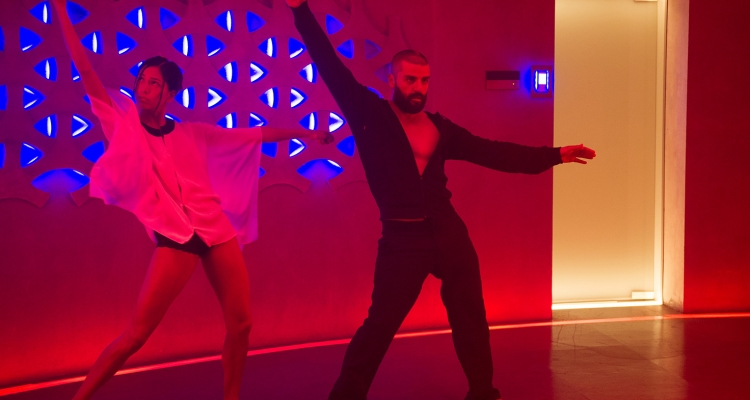The essential key to a thought-provoking, illuminating story is its script. It is the one factor that gets a production going. But how does the script intend to treat the information that is being relayed to the audience? What is the relationship that is being made from screen to cup-holder, auditorium seat?
Lessons Form The Screenplay deconstructs the relay of information in Alex Garland’s thriller “Ex Machina.” The video essay breaks down Garland’s formula by revealing important aspects of the film that revolve around storytelling and plot progression. Beginning with an unconventional perspective, audiences are meant to follow Caleb (Domhnall Gleeson), as the limited perspective in the film. However, as the plot unfolds, it appears to be argued that Ava (Alicia Vikander) becomes the protagonist of the film.
READ MORE: 7-Minute Video Essay Runs Down The Best Sci-Fi Films Of The Century So Far
Overall, choosing a protagonist is not the most essential part as to how audiences connect with and understand the information flow of “Ex Machina.” It is rather how the information is revealed by characters in dialogue and action, as well as what is often omniscient from the diegetic space of the film, and not what audiences are seeing on the screen. The video essay argues “Ex Machina” is Ava’s story as told through Caleb. On one hand, the story could easily be told through either Ava or Nathan (Oscar Isaac) who are involved, but Ava’s experiences are extremely limited while Nathan begins the story with all the information that will later be revealed. With Caleb as the perspective taken for the audience, spectators experience and take in information along with Caleb; a journey of discovery. The revelations sequence of “Ex Machina” as told through Caleb’s perspective must be believable and logical.
What makes the screenplay for “Ex Machina” even more superb is the amount of dots to be connected by the audience. There is limited information the audience does not necessarily need but that we find out as the film progresses. The video essay gives examples of two scenes where audiences hold on to what new information we can be given; what happens next? “Ex Machina” coolly runs the story by delivering information while withholding details, allowing audiences to not only be entertained, but also captivated and active.

